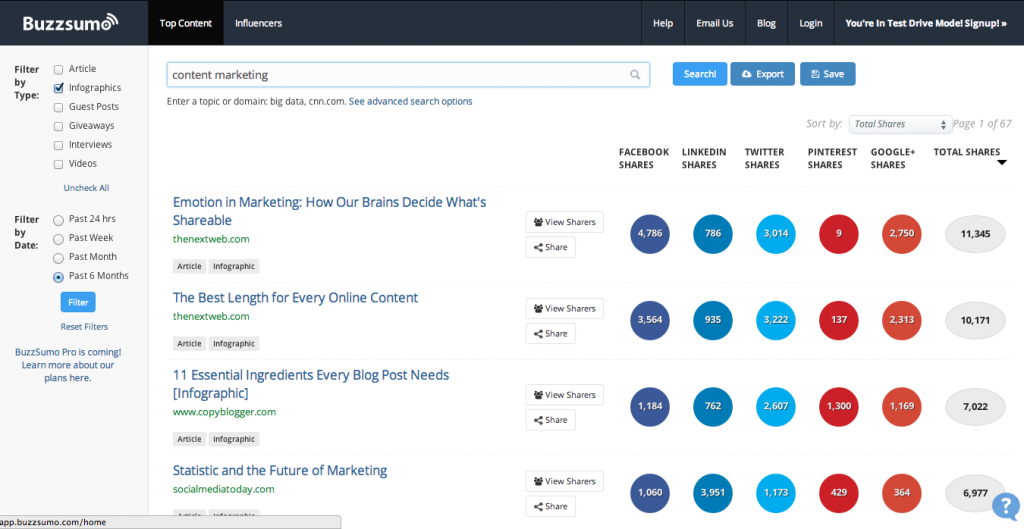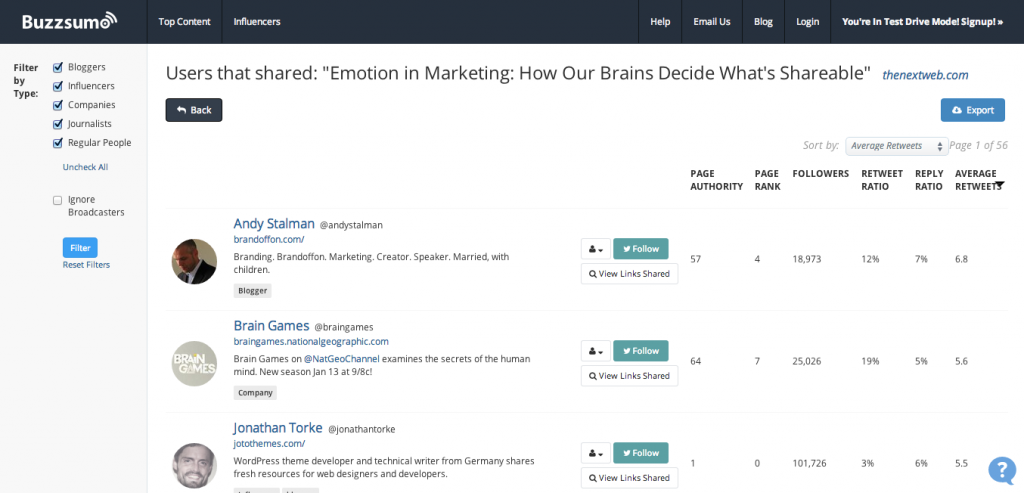Infographics have become an increasingly popular form of marketing over the last few years. They can be used to build links, brand awareness and social shares. In this lesson, we’re going to explain how to use infographics to build links, manage your outreach and how to hire an infographic designer.
Why Are Infographics Important for Link Building?
 As explained on this article on AdvancedWebRanking.com, infographics still provide a number of link building opportunities in SEO.
As explained on this article on AdvancedWebRanking.com, infographics still provide a number of link building opportunities in SEO.
For example, infographics can be used:
- To help promote data, trends and survey results alongside a PR
- To explain complex information in a simpler, digestible format
- To increase brand awareness or promote thought leadership in an industry
- To take advantage of trending subjects and news jacking
- To create a useful evergreen resource that acquires links over time
- To be funny and go viral
All of the above can be used as part of your link building strategy.
One of the greatest advantages of infographics is that they can be used to earn links in notoriously hard industries such as gaming and payday loans. By creating an infographic that can be promoted across a range of industries, you’ll be able to diversify the number and types of links to your site.
For example, PocketWinnings.com is a mobile casino affiliate site that published an infographic on the growth of mobile gambling to a $100 billion industry. The infographic was subsequently republished shares on dozens of technology portals and news sites including CIOL.com, MGamingWatch.com, CasinoMeister.com and FierceMobileIT.com.
The types of infographics that have the most success are generally those that are tailored to a very specific niche or subject (where you can do targeted outreach), help explain a topic or contain interesting news and data. For example, this infographic on the life of Steve Jobs (published shortly after his death) was picked up by Mashable.com and received more than 8,000 social shares.
It also goes without saying that the success of an infographic will be aided by the design, readability and quality.
Struggling for Ideas for your Infographic?
If you’re struggling for ideas of what type of infographic will have the most success for your audience then I highly recommend using a tool called Buzzsumo.com.
Buzzsumo.com allows you to search the web for different types of content (such as infographics) in different keywords/industries and see which ones performed best in terms of social shares.
For example, you can see an example of the best performing infographics in “content marketing” over the last 6 months below:

Promotion Strategies for Infographics
Ideally you should plan your promotion strategy and outreach targets before you begin the infographic design (especially if it’s time sensitive).
Depending on your budget, you may wish to use a PR newswire service such as PRNewswire.com ($300) or PRWeb.org. The advantage of PRWeb.org is that you can include the infographic in the press release.
If your infographic is on a particular topic, I recommend searching for sites that covered that topic recently in either Google or Twitter. You can use the advanced search function in Google to search for results from within the last 30 days. The reason I do this is because if a site has covered your topic recently than they’re more likely to be interested in publishing or linking to your infographic.
Secondly, search Google or use Buzzsumo.com to search for previous infographics in your industry. This gives you a list of targets who previously published infographics on the topic and may be willing to publish yours. Simply search “keyword+infographic” in Google to find a list of targets.
A great tactic for promoting your infographic through social media is to use Buzzsumo.com (mentioned above) to find the most shared infographics. You can then click on “View Shares” to see a list of Twitter users and their contact details, who you can Tweet with your latest infographic:

Hiring an Infographic Designer
 There are a couple of solutions to ordering an infographic designer. You can either use an infographic design agency, such as InfographicDesigner.co.uk, or you can hire a freelance infographic designer from a graphic workroom site such as Microlancer.com, Visua.ly or elance.com.
There are a couple of solutions to ordering an infographic designer. You can either use an infographic design agency, such as InfographicDesigner.co.uk, or you can hire a freelance infographic designer from a graphic workroom site such as Microlancer.com, Visua.ly or elance.com.
The price of an infographic can vary depending on the quality and experience of the designer. Typically you should expect to pay around $400 – $1,000 for the design (including revisions and drafts). Make sure you check their portfolio before you choose a designer.
It also helps to have a very clear brief with the contents of your infographic as well as reference as many other infographics as possible. This helps the designer understand your design criteria. Typically you should expect to wait 7-10 days to receive your first draft and then 1-2 days for each revision thereafter.
